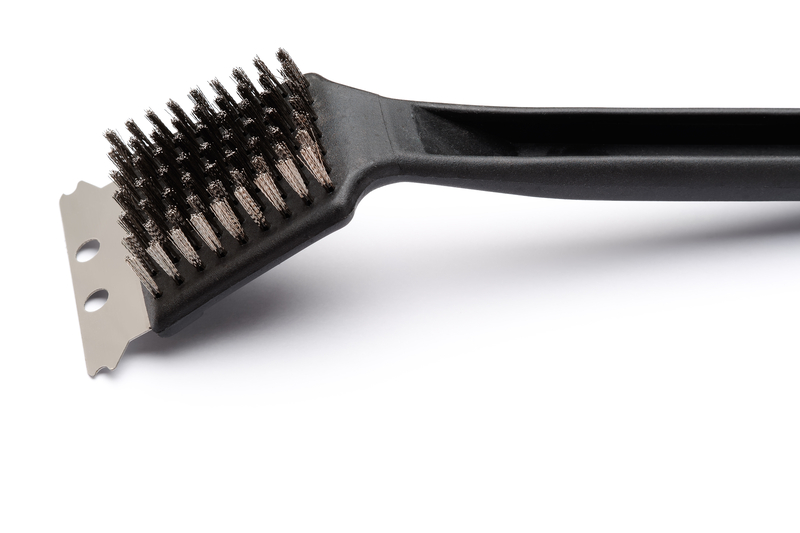Reducing Home Humidity Levels
Posted on 14/08/2024
Humidity can have a significant impact on the comfort and health of your home environment. High humidity levels not only make it feel hotter but also contribute to issues such as mold growth, dust mites, and other allergens. Maintaining proper humidity levels is essential for ensuring a healthy and comfortable living space. This article discusses effective strategies for reducing home humidity levels.
Understanding Humidity Levels
Humidity is the amount of moisture in the air. It is typically measured in relative humidity (RH), which is the percentage of water vapor present in the air compared to the maximum amount it can hold at that temperature. Ideally, indoor humidity levels should be between 30% and 50% to maintain comfort and prevent moisture-related problems.

Signs of High Humidity
Before we delve into the solutions, it's important to recognize signs of high humidity in your home. These include:
- Condensation on windows: Persistent moisture on window panes is a clear indicator of high indoor humidity.
- Musty odors: Unpleasant, musty smells usually stem from mold and mildew growth, which thrive in humid conditions.
- Allergic reactions: Increased dust mites and mold spores can cause respiratory issues and allergies.
- Peeling paint and wallpaper: Excessive moisture can weaken adhesives, causing paint and wallpaper to peel.
Effective Tips for Reducing Humidity Levels
1. Use a Dehumidifier
Dehumidifiers are one of the most direct and effective methods to control indoor humidity. These devices extract moisture from the air, reducing the overall RH levels. Place dehumidifiers in areas with the highest humidity, such as basements and bathrooms.
2. Improve Ventilation
Proper ventilation is crucial to maintaining a balanced indoor humidity level. Ensure that your home has adequate exhaust fans in the kitchen, bathrooms, and laundry rooms. These fans help remove excess moisture generated from cooking, showering, and laundry.
3. Fix Leaks and Seal Gaps
Water can seep into your home through leaks in pipes, roofs, and walls, increasing humidity levels. Regularly check for and repair any leaks. Additionally, seal gaps around windows and doors to prevent humid outdoor air from entering.
4. Use Air Conditioners
Air conditioners are designed not only to cool the air but also to remove excess moisture. Run your air conditioner during hot, humid weather to maintain lower humidity levels. Ensure your AC unit is well-maintained for optimal performance.
5. Monitor Indoor Plants
While indoor plants can improve air quality and aesthetics, they can also contribute to humidity levels through the process of transpiration. Consider limiting the number of indoor plants or opting for species that require less water.
6. Dry Clothes Outside
Drying clothes indoors can significantly increase humidity levels. Whenever possible, hang your clothes to dry outdoors. If you must use an indoor drying rack, ensure the room is well-ventilated.
7. Take Shorter, Cooler Showers
Long, hot showers can introduce a large amount of moisture into the air. Opt for shorter, cooler showers and use the bathroom exhaust fan to remove the excess humidity.
8. Insulate Your Home
Proper insulation helps maintain a consistent indoor temperature and reduces the likelihood of condensation forming on cold surfaces. Ensure your home is well-insulated, particularly around pipes and in the attic.
Pros and Cons of Reducing Home Humidity Levels
Pros:
- Enhances comfort by creating a cooler indoor environment.
- Reduces the risk of mold, mildew, and dust mites, promoting better health.
- Protects your home's structural integrity and finishes from moisture damage.
- Improves indoor air quality, reducing allergies and respiratory issues.
Cons:
- Initial cost of dehumidifiers and air conditioning units.
- Energy consumption leading to higher utility bills.
- Regular maintenance required for HVAC systems and dehumidifiers.
Additional Tips for Managing Humidity
- Monitor Humidity Levels: Use a hygrometer to keep track of indoor humidity and make adjustments as necessary.
- Household Habits: Make small changes like using lids when cooking and keeping bathroom doors closed while showering to minimize moisture spread.
- Desiccants: Place moisture-absorbing desiccants such as silica gel or activated charcoal in moisture-prone areas.

Takeaways
Maintaining proper humidity levels is essential for comfort, health, and the structural well-being of your home. Implementing a combination of dehumidification, ventilation, sealing leaks, and smart living habits can effectively reduce and manage indoor humidity. Regular monitoring and maintenance will help keep humidity at optimal levels, ensuring a comfortable and healthy environment.
Conclusion
High humidity levels in the home can lead to various problems, including discomfort, mold growth, and health issues. By understanding and implementing effective strategies for reducing humidity, you can create a healthier and more comfortable living space. Whether through the use of dehumidifiers, improving ventilation, fixing leaks, or adopting better household practices, there are numerous ways to keep your home's humidity in check. Regular monitoring and proactive maintenance are key to ensuring long-term effectiveness. Invest in these measures, and enjoy the benefits of a more balanced and comfortable indoor environment.









